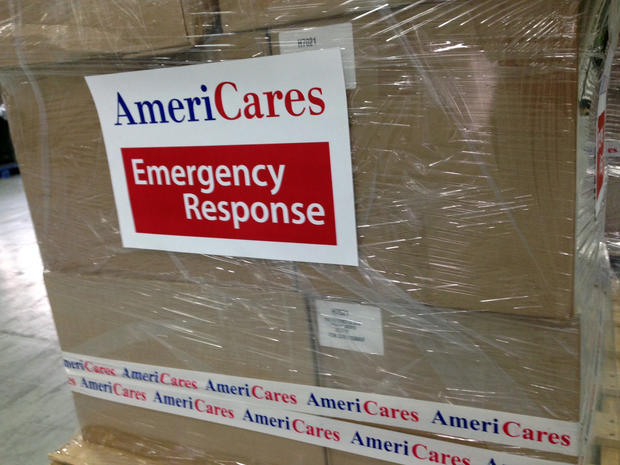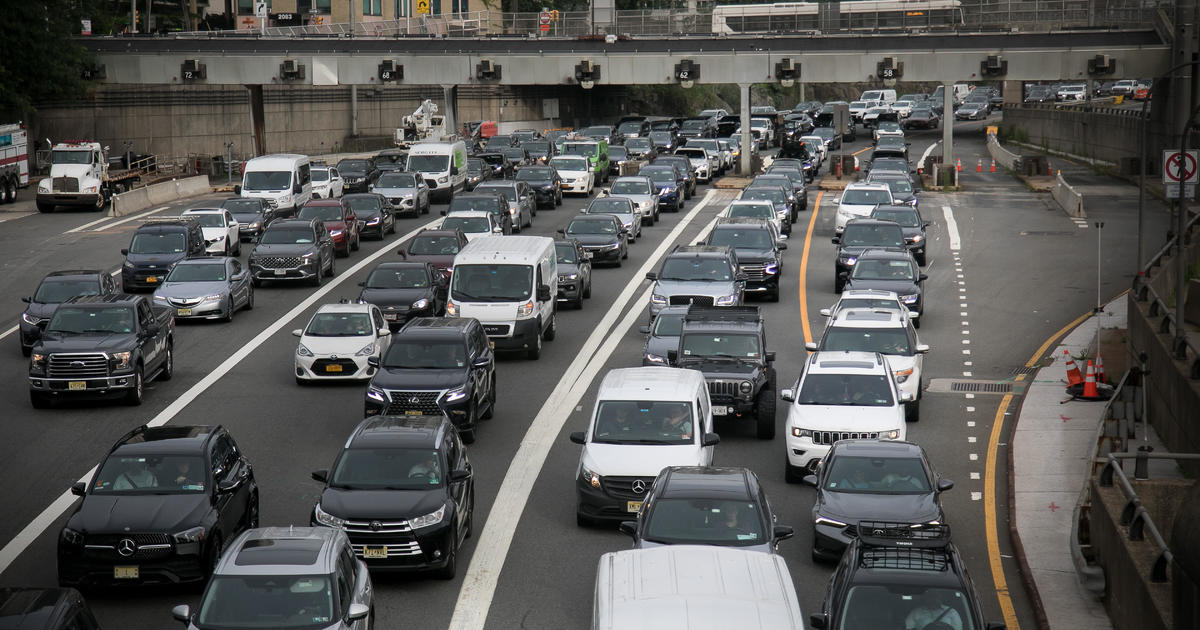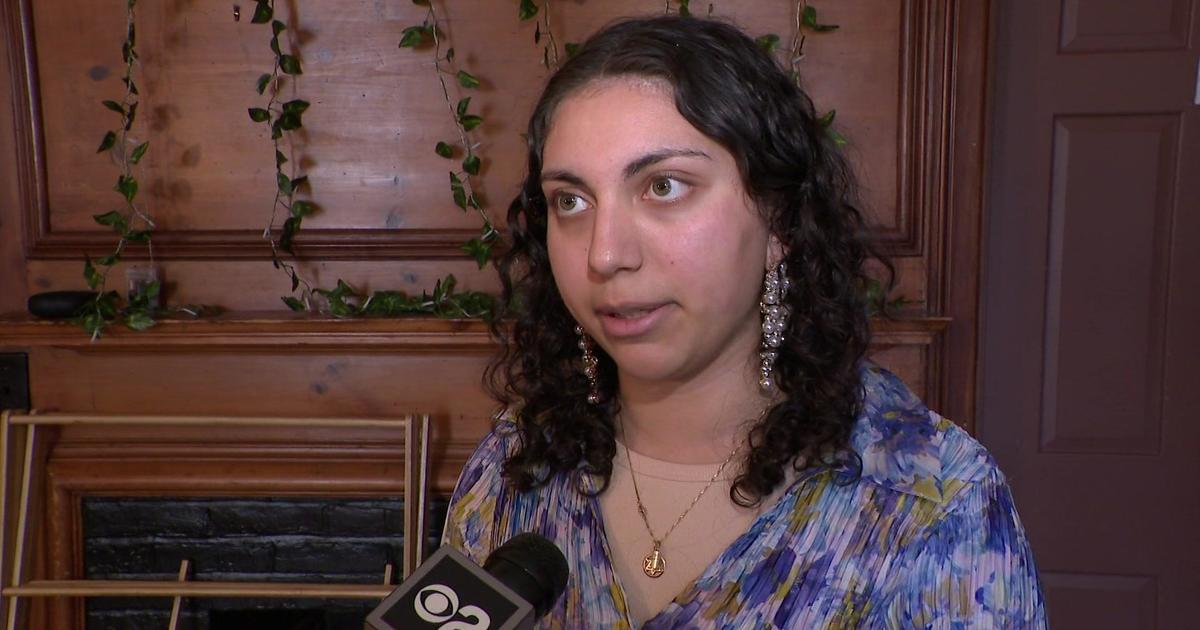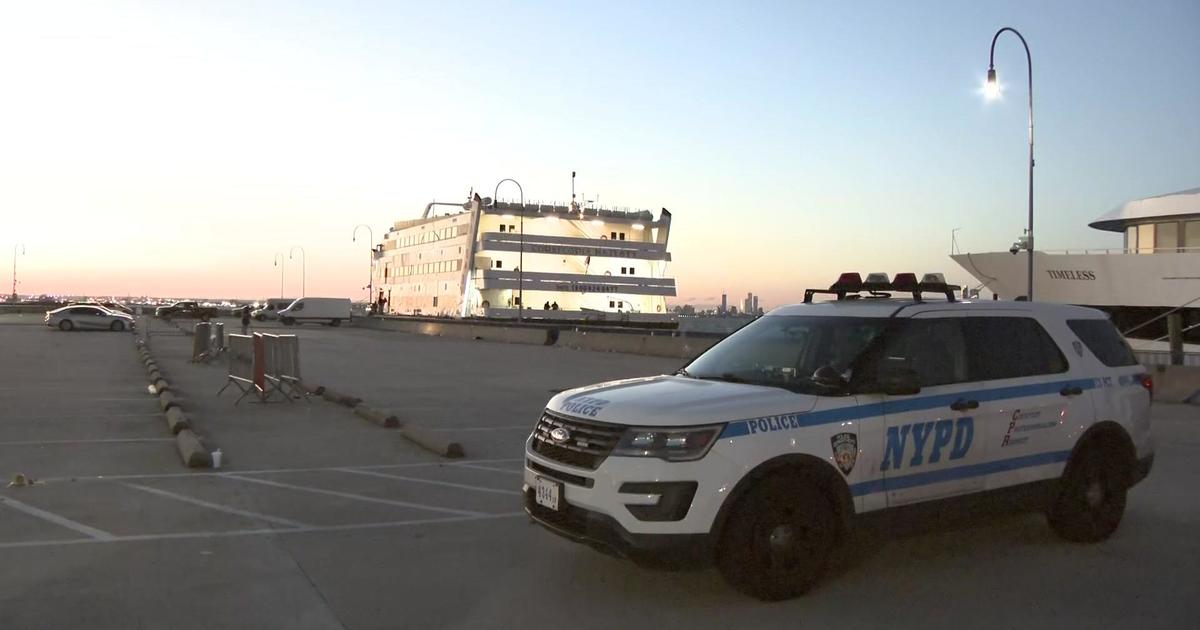AmeriCares Ships Supplies, Lends Assistance In The Philippines
STAMFORD, Conn. (CBSNewYork/AP) - Help is on the way to Typhoon Haiyan victims in the Philippines from the Stamford-based relief group AmeriCares.
As WCBS 880's Paul Murnane reported, antibiotics and other medicines and supplies have begun arriving in some of the hardest hit parts of the island nation.
AmeriCares has had a long relationship with the Philippines and has sent more than $200 million in aid over the years.
AmeriCares Shipping Supplies, Lending Assistance On The Ground In The Philippines
"We bring our product into the country and then we work through local partners who are familiar with the area," AmeriCares vice president of emergency response Garrett Ingoglia told Murnane.
Ingoglia said those decades of experience with the islands comes in handy now.
"They know the people that they're helping," he told Murnane.
Airports through which supplies flow are chaotic exit points for desperate survivors, so AmeriCares said they have to improvise.
The Stamford office approved a $20,000 charge for supplies from a Philippines pharmacy.
EXTRA: Ways You Can Help Relief Efforts | PHOTOS: Typhoon Haiyan
Two so-called medical modules have already been sent to the Philippines from a facility in Amsterdam.
"Antibiotics, wound care supplies - you can send immediately even before you have all of the specific needs assessed," Ingoglia told Murnane.
Cardinal Timothy Dolan and Sen. Charles Schumer stood on the steps of St. Patrick's Cathedral Friday afternoon, urging Washington to give Filipinos who are in the U.S. a break.
"Temporary protected status is something that America has always done in the grand tradition of the Statue of Liberty that is in our harbor. It says that if there's devastation in your homeland and you are here on a visa, you'll eventully have to go home. But that visa time can be extended because there may be no way you can go home now," said Schumer.
Sen. Schumer, Cardinal Dolan Call For TPS
"This makes eminent sense, this is justice, this is fairness, this is classical American hospitality," Dolan added.
WIDESPREAD DEVASTATION REMAINS
One week after Typhoon Haiyan razed the eastern part of the Philippines, killing thousands and leaving at least 600,000 homeless, resilient residents of the disaster zone were rebuilding their lives and those of their neighbors.
An international aid effort gathered steam, highlighted by the helicopter drops conducted from the American aircraft carrier USS George Washington. But the storm victims moved ahead - with or without help from their government or foreign aid groups.
Peter Degrido, a coast guard reserve, was one of the 35 workers trying to move an overturned passenger bus from a road leading to the airport in Guiuan, a town on Samar island. They hitched the bus to a truck with steel cables and made slow progress. Ahead of them lay many downed electricity poles that must be moved next.
"We're clearing debris from the roads leading to the airport and the port so that relief goods and medicine can arrive faster,'' Degrido said. "It's devastating to see this. But people are slowly recovering.''
The Philippines' main disaster response agency raised the death toll Friday to 3,621, up from the previous figure of 2,360. Most of the casualties occurred on Leyte and Samar islands. It said 1,140 people are missing and more than 12,000 injured.
At 6 a.m., Dionesio de la Cruz was hammering together a bed, using scavenged rusty nails. He has already built a temporary shelter out of the remains of his house in Guiuan, about 100 miles from Leyte's devastated capital of Tacloban.
The side of the new house is open. A statue of Jesus stands on a table. On the ground is a broken mirror.
"Temporary,'' he shrugs, referring to the house and their status. "We're on our own, so we have to do this on our own,'' the 40-year-old said as his wife and mother slept on a nearby table. "We're not expecting anybody to come and help us.''
Elsewhere in town, one man was selling skewers of meat, and a couple of kiosks were selling soda and soap. Everywhere, freshly washed clothes lay drying in sun.
Guiuan was one of the first towns hit by the typhoon. It suffered massive damage, but casualty figures were lower than in Tacloban and elsewhere because it was largely spared from storm surges.
While many have left the disaster zone, some chose to stay and help.
Susan Tan, a grocery store owner in Guiuan, was all set to fly elsewhere in the country after hungry townsfolk swarmed her business a few days after the storm, stripping the shelves of everything of value.
But a friend persuaded her to stay, and she is now running a relief center from her shop, which has been in the family since the 1940s.
"I can't just go to Cebu and sit in the mall while this place is in ruins,'' she said. "Although I've been looted and made bankrupt by this, I cannot refuse my friends and my town. We need to help each other.''
Tan managed to get her hands on a satellite phone from a friend who works for a local cellphone provider. Hundreds lined up in the sun to use it to call relatives and let them know they are safe. One minute per caller is the rule.
On Thursday, she welcomed her first aid shipment. It's a fraction of what is needed, but it's a start: 20 boxes containing dried noodles, canned goods, sardines, medicine and bottled water.
In signs that relief efforts were picking up, U.S. Navy helicopters flew sorties from the USS George Washington off the coast, dropping water and food to isolated communities. The U.S. military said it will send about 1,000 more troops along with additional ships and aircraft to join the aid effort.
So far, the U.S. military has moved 190 tons of supplies and flown nearly 200 sorties.
"Having the U.S. military here is a game-changer,'' said Col. Miguel Okol, a spokesman for the Philippine air force. "For countries that we don't have these kinds of relationships with, it can take a while to get help. But with the U.S., it's immediate.''
In one neighborhood of Tacloban, dozens of people crowded around a mobile generator, where countless cords snaked across the dirt and into power strips. Residents plugged in mobile phones, tablets and flashlights, hoping for a precious gulp of electricity, even though cell coverage remained spotty.
John Bumanig and his wife were cleaning out their secondhand clothes shop, which was swamped by storm surges. They were laying out bras in the sun, though they weren't hopeful anyone would buy them. Most of the stock had to be thrown out.
They were determined to stay in Tacloban, but faced an uncertain future.
"We cannot do anything, but will find a way to overcome this,'' said his wife, Luisa, holding back tears. "We have to strive hard because we still have children to take care of.''
You May Also Be Interested In These Stories
(TM and © Copyright 2013 CBS Radio Inc. and its relevant subsidiaries. CBS RADIO and EYE Logo TM and Copyright 2013 CBS Broadcasting Inc. Used under license. All Rights Reserved. This material may not be published, broadcast, rewritten, or redistributed. The Associated Press contributed to this report.)





